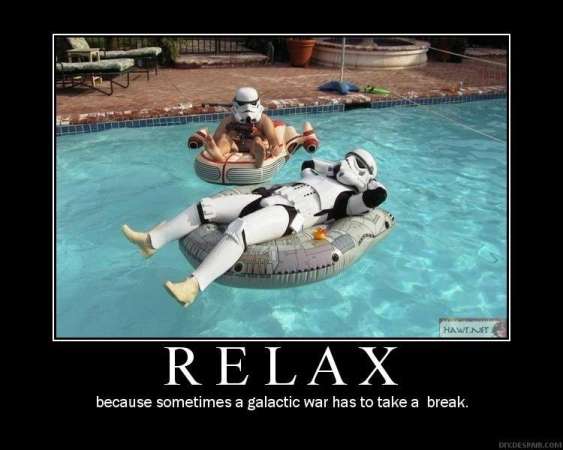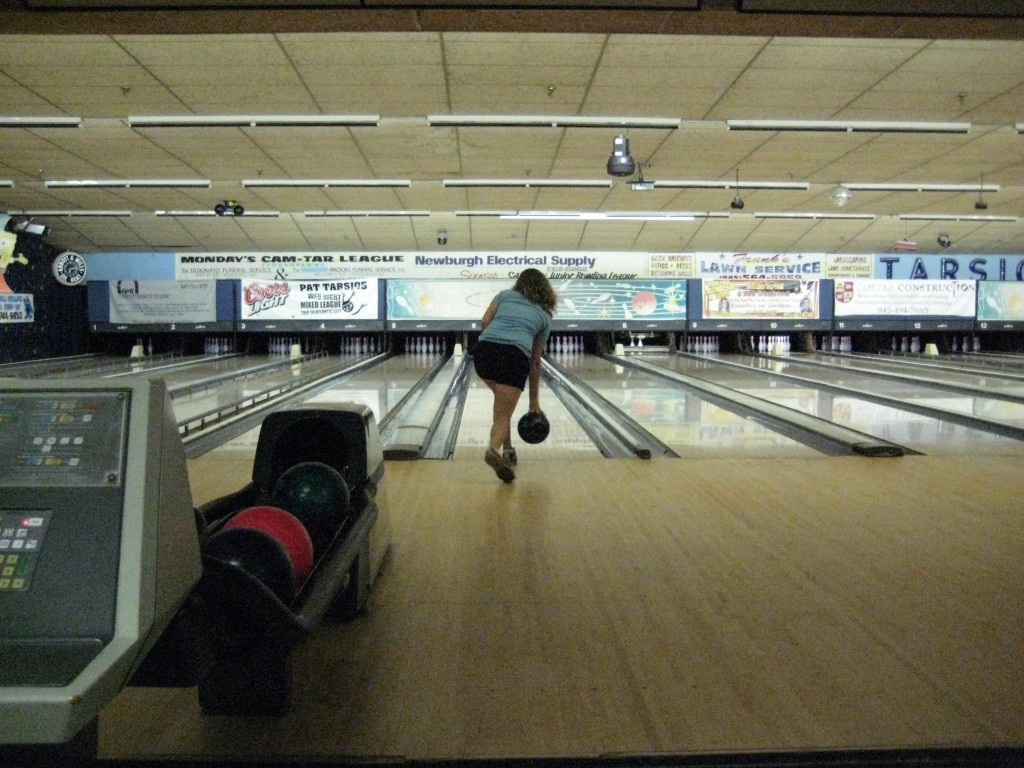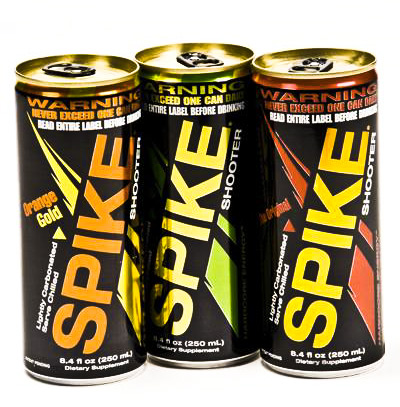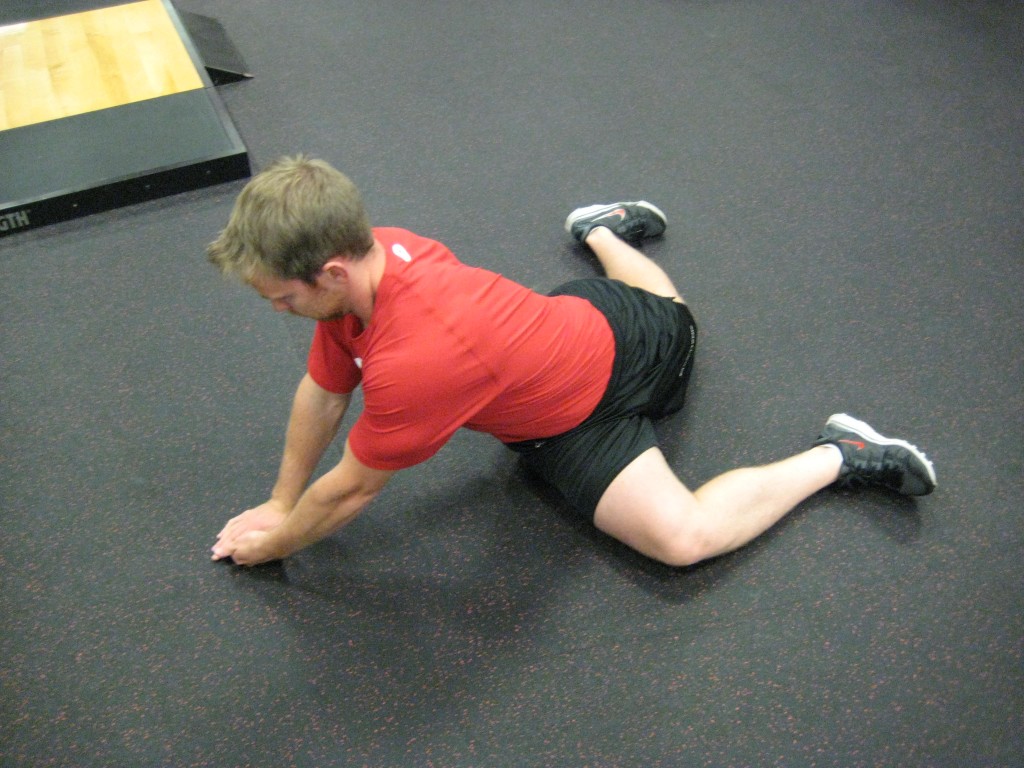Picking right up where we left off on Monday:
18. These are two interesting abstracts on outcomes of manual therapy in chronic groin pain populations. I think every athlete should get manual therapy work performed on a regular basis, especially once they reach their Junior and Senior years of high school. If you’re in the mid-Atlantic area and need a recommendation, shoot me an email. I have a handful of professionals that I think are top-notch.
Abstract 1: A Manual Therapy Technique for Chronic Adductor-Related Groin Pain in Athletes: A Case Series
19. I recently started taking girth measurements of a few of our clients at Endeavor to better track their progress. While measuring the arm circumference, one of my clients said “You better call the vet, because these puppies are sick!” as he flexed. I’ll probably never forget that!
20. I recently had somewhat of a revelation that I needed to find more “balance” in my life. For the last several years, balance meant balancing various parts of work with other parts of work (e.g writing, article reading, DVD watching, coaching, etc.). I say “somewhat of a revelation” because my mom and Chris Boyko have collectively been politely reminding me of this for the last 15 years of my life (originally with hockey, now with strength and conditioning). This Summer I spent most of my weekdays training for 10+ hours; then I’d spend a good chunk of my weekend getting all my writing done. When the Summer ended, I was ready for a slow time, which to me meant:
- Writing a comprehensive hockey training book
- Taking the Postural Restoration Institute’s Myokinetic Restoration Course
- Taking the Precision Nutrition Certification Exam
- Developing and implementing a Nutrition Coaching Program at Endeavor
- Going through Mark Joyner’s Simpleology 101 Course (and reading the accompanying book)
- Two other HUGE projects for Endeavor that I can’t even talk about yet because their still in their infancy
Not exactly a healthy break in the action. Over the last month, I’ve actively planned time away from anything training related and tried to spend more time doing things I enjoy, despite not having professional benefits.

21. This is the first time I’ve publically mentioned the book that I wrote. I’m more excited about this than I have been about any other project I’ve ever worked on. I’m still not sure if it will get picked up by a publisher or if I’ll self-publish it, but I whole-heartedly believe it will be a game-changer when it comes out.
22. They say behind every good man is a good (or better) woman. Frankly, I don’t know where I’d be without Emily, but I know I wouldn’t be as happy or have as much fun.

From our cruise a couple years ago. (first time I left North America)
I probably don’t thank her enough. I consider myself exceptionally lucky to have a best friend that is supportive when I need her to be, and that drags me away from textbooks when she knows I need her to. As much as I respect her, it’s still embarrassing when she beats me in bowling.

Over the line! Mark it zero dude.
23. Over the last couple years there has been a rapid increase in the number of websites dedicated to hockey development information. The two best FREE resources out there are Kim McCullough’s Total Female Hockey Club (incredible information for MALE hockey players too!) and Maria Mountain’s Hockey Training Pro. The best slightly-less-free resource is Hockey Strength and Conditioning. If you’re involved in hockey in anyway, check out all three of these resources on a regular basis.
24. Spike…For when coffee feels like Nyquil

25. One of my dreams has always been to get invited to speak on hockey training in Europe. A couple weeks ago I received an email asking if I’d be interested in speaking in Denmark. I don’t know if it’ll work out or not, but I’m pretty psyched about the opportunity.
26. Stephen Covey once said, “We judge others by their behaviors. We judge ourselves by our intentions.” Think about the implications this has regarding our perceptions of EVERY behavior that goes on around us and how our own actions may be perceived by others. This may be the single most profound thing I’ve ever heard.
27. On a similar note, Michael Boyle summed up sports nutrition by paraphrasing someone: “Eat food. Mostly plants and animals. Not too much.” I urge everyone reading this to analyze their diet in that light and see how close they are. Most will find that there is less food, and more “food products” than there should be.
28. This is my new favorite stretch. Great way to improve full-body rotation range of motion.

Brettzel 2.0
29. You make everything I do possible. I’ve politely asked for people to forward my posts/newsletters that they’ve liked to other people. Because of these forwards, I’ve been introduced to a handful of NHL Strength and Conditioning Coaches, a couple of the higher-ups in USA Hockey, and countless other people that are equally important to me. When I started writing online, I made a promise to myself to always put out quality information that will truly benefit the people reading it. Regardless of what I write, it doesn’t matter if no one sees it. Because of your help, quality information is reaching more people. Thank you!
To your continued success,
Kevin Neeld



 Use CODE: "Neeld15" to save 15%
Use CODE: "Neeld15" to save 15%